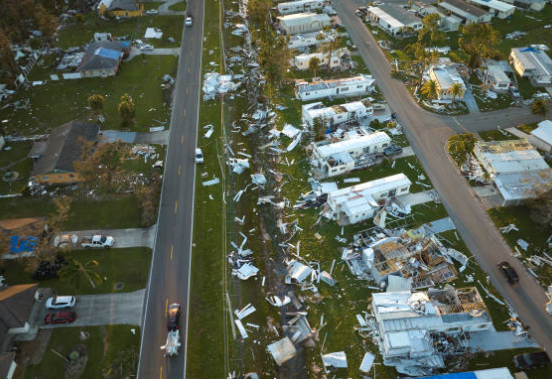
Posted on Wednesday, October 9, 2024
As severe weather events, particularly hurricanes, become more frequent and intense, the demand for building materials that can withstand such conditions has surged. Roll formed metal products, including roofing and siding, are increasingly recognized for their strength, durability, and effectiveness in enhancing hurricane resistance. This blog explores how roll forming machines contribute to producing these robust materials and highlights specific products designed to provide enhanced protection against hurricane winds.
Roll forming is a continuous bending process that creates long lengths of metal profiles. This method allows manufacturers to produce a variety of shapes and sizes with precision, ensuring consistent quality and structural integrity. Metal roofs and siding made through roll forming typically use materials like galvanized steel, aluminum, and copper, which offer exceptional strength-to-weight ratios and resistance to corrosion. These attributes are crucial when facing hurricane conditions.
Incorporating roll formed metal products into construction designs offers significant advantages for hurricane resilience. The combination of advanced manufacturing techniques and high-quality materials ensures that roofing and siding systems can withstand the demanding conditions of severe weather. By choosing durable roll formed metal solutions, homeowners and builders can better prepare for storms, ensuring the safety and longevity of their structures. Investing in these products is not just a wise decision for aesthetics but a crucial step toward safeguarding properties in hurricane-prone regions.
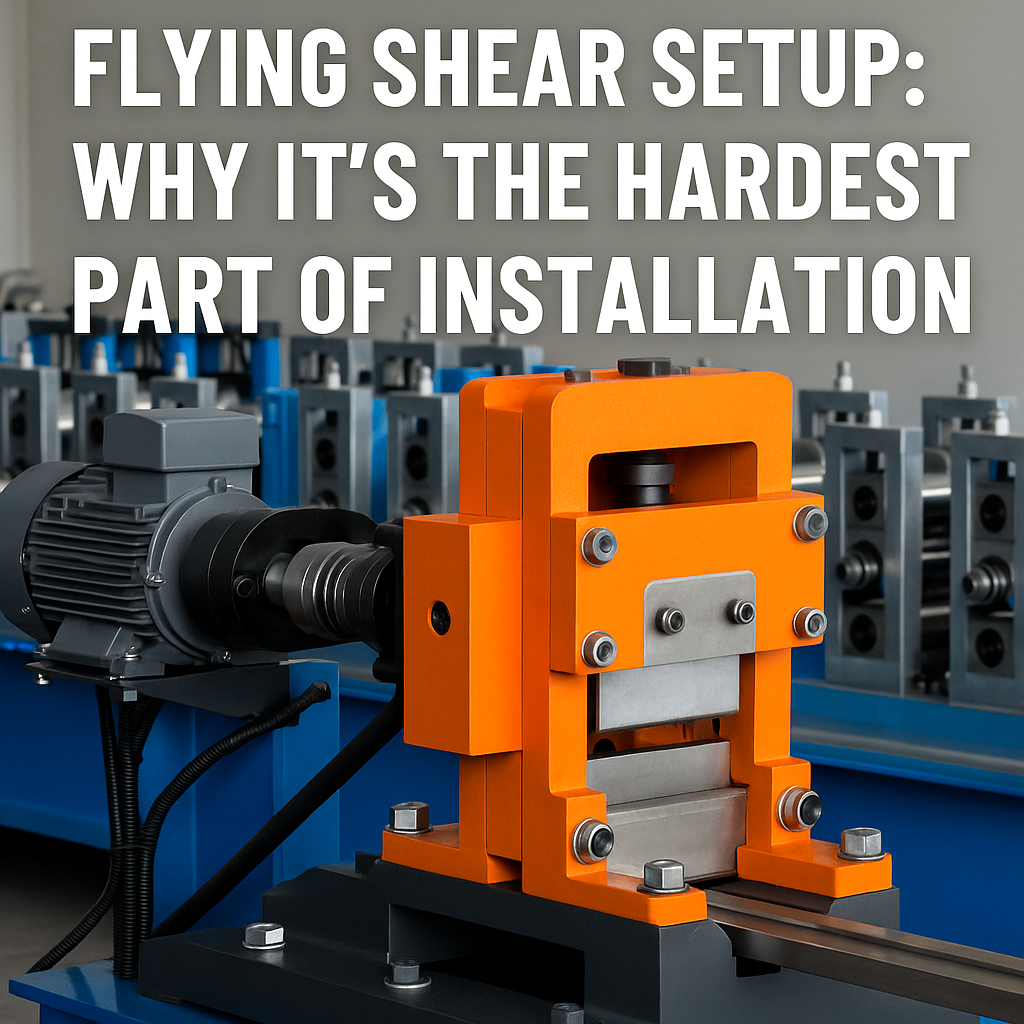
Flying Shear Setup: Why It’s the Hardest Part of Roll Forming Machine Installation
Posted on Monday, November 24, 2025
If you want a header image, meta description, or series continuation, just tell me.
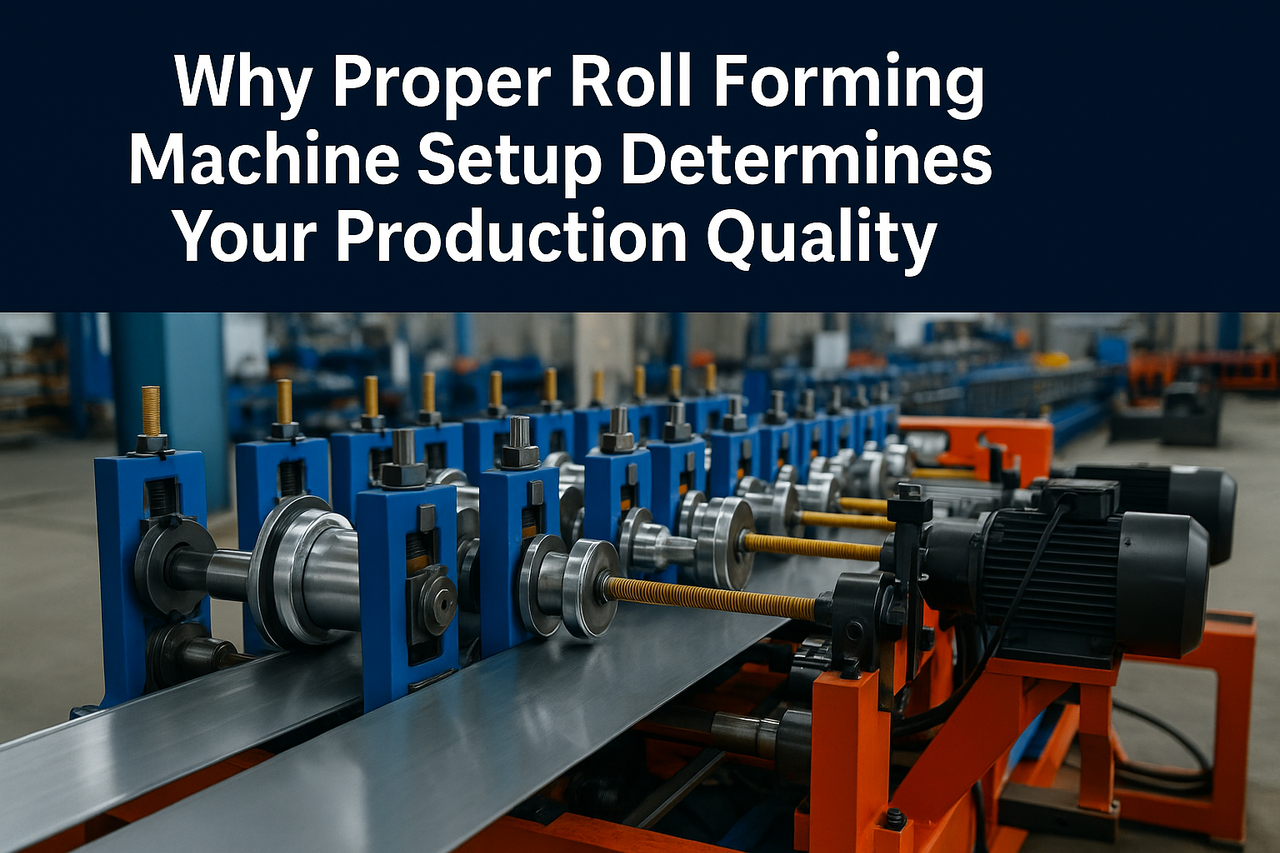
Why Proper Roll Forming Machine Setup Determines Your Production Quality
Posted on Monday, November 24, 2025
The #1 factor that decides accuracy, scrap rate, speed, and consistency.
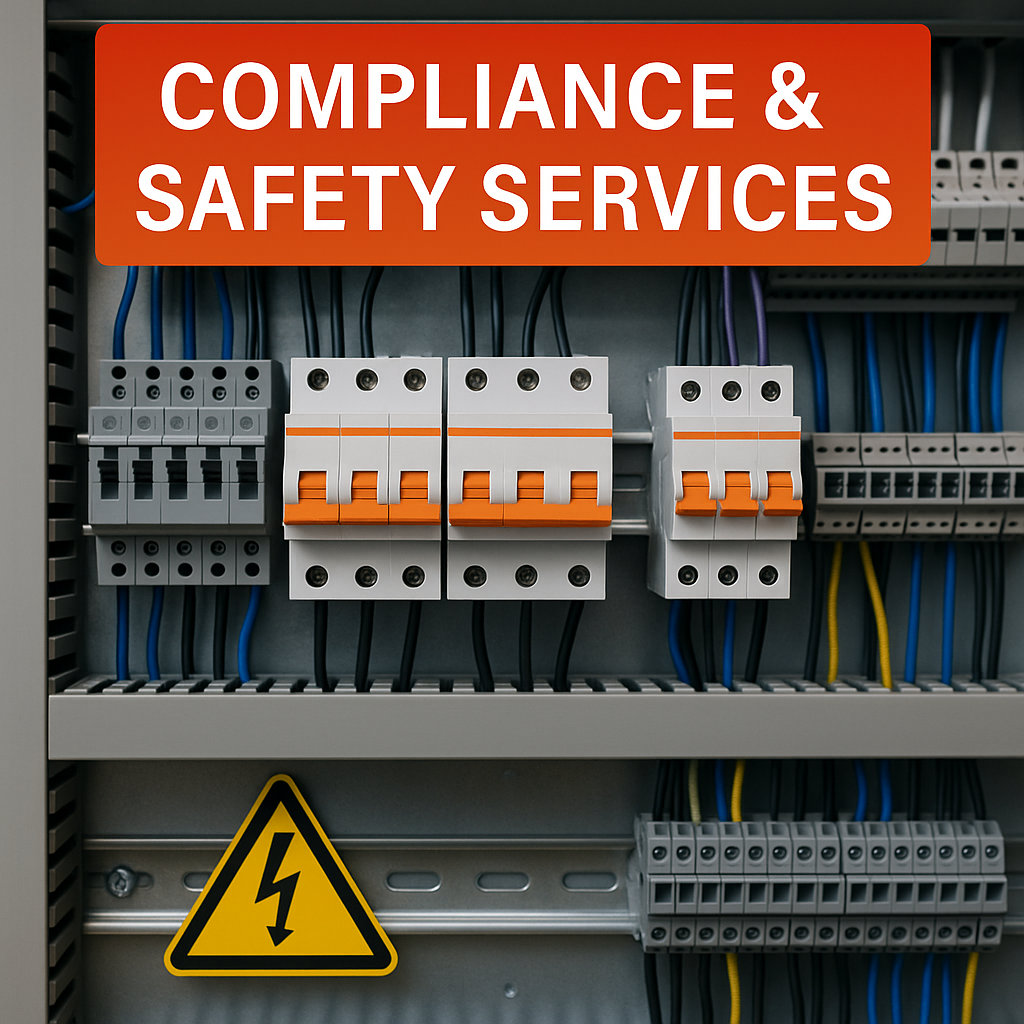
Compliance & Safety Services for Roll Forming Machines — Full Guide
Posted on Sunday, November 23, 2025
How Machine Matcher keeps your machines safe, legal, and fully compliant with CE, UL, and UKCA standards.
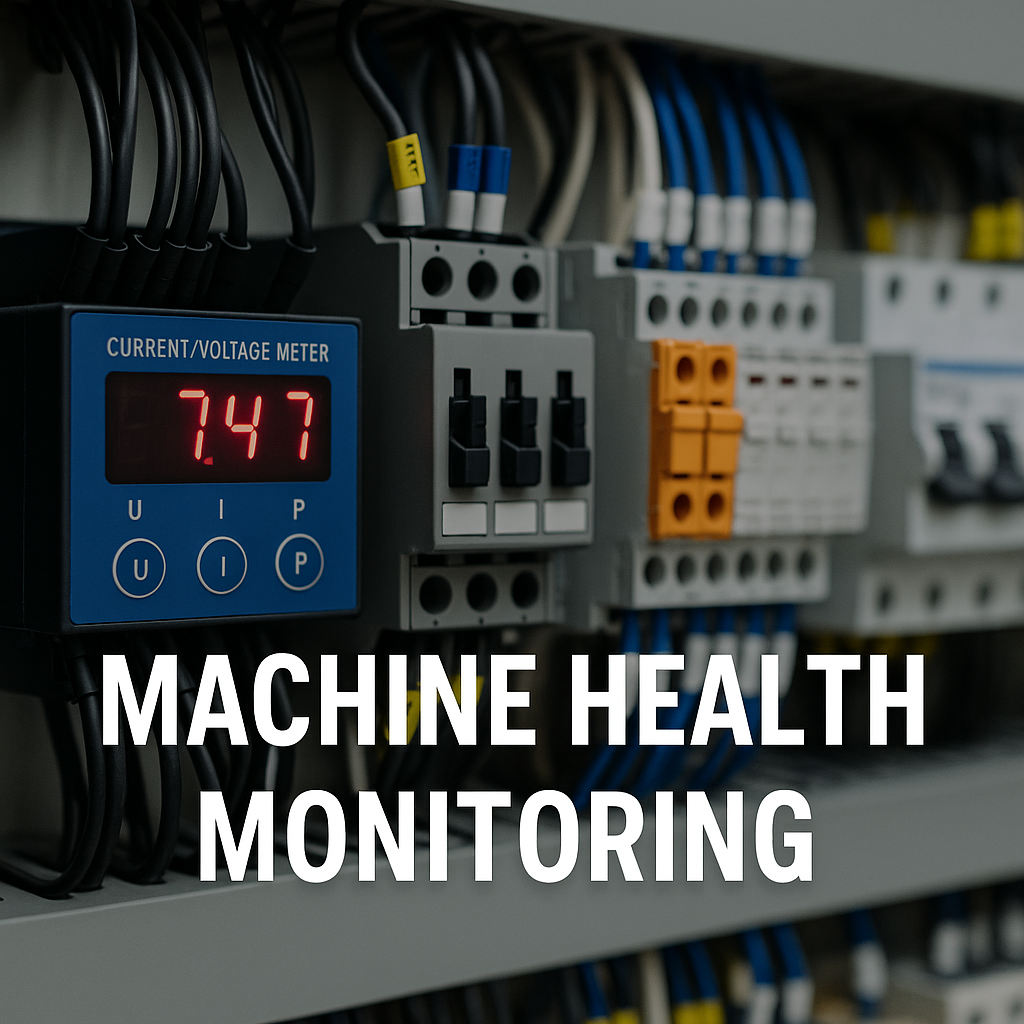
Machine Health Monitoring for Roll Forming Machines — Complete Diagnostic Service Guide
Posted on Sunday, November 23, 2025
Continuous diagnostics that prevent breakdowns, reduce downtime, and extend machine life.
Copyright 2025 © Machine Matcher.